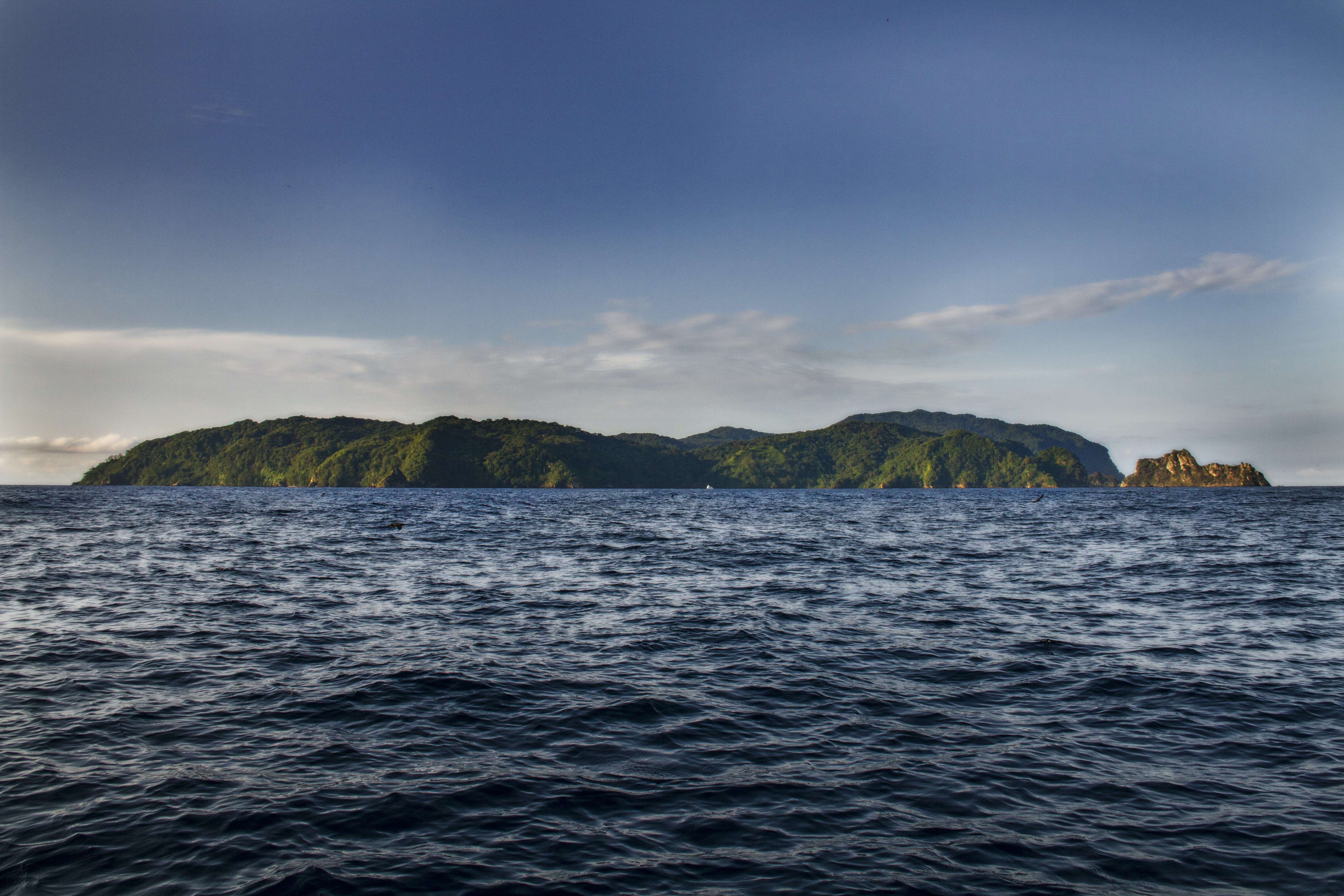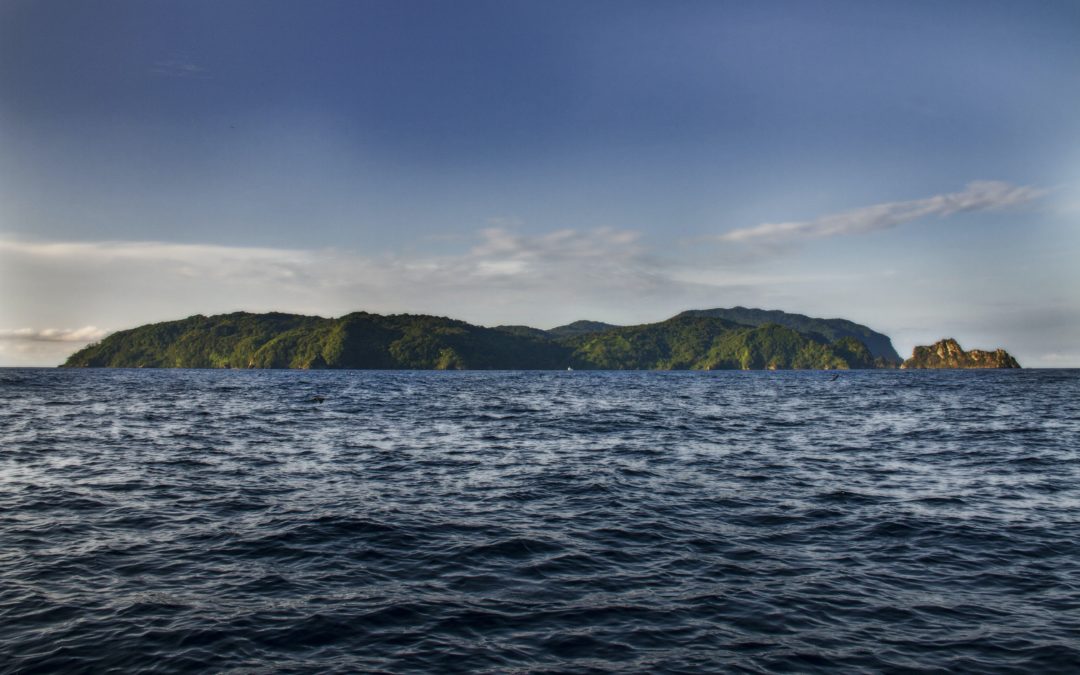
This week, leaders from more than 20 nations met in Lisbon, Portugal at the UN Ocean Conference to address what Secretary General António Guterres has declared an “ocean emergency.”
With the world’s oceans becoming hotter and more acidic, the time to turn the tide is dwindling. The conference provided a global platform for countries to map out a plan for improving ocean health — with several governments and organizations sharing strategies that could make a big splash.
Here are some announcements you may have missed from the 2022 UN Ocean Conference.
1. A Spain-sized marine protected area gets a major boost
In a bid to protect some of Earth’s most unique species — and combat climate change — Colombia, Costa Rica, Ecuador and Panama committed in November 2021 to expand and join their Pacific marine reserves, creating an interconnected “safe swimway” that will be off-limits to industrial fishing fleets. The reserve spans more than 500,000 square kilometers (193,000 square miles) of ocean — an area slightly larger than Spain.
The funding, provided by a coalition of governments and non-governmental organizations — including the Bezos Earth Fund and the Blue Nature Alliance, co-lead by Conservation International — will help protect the habitats of sharks, whales, sea turtles and other marine life. The “swimway” is part of the Eastern Tropical Marine Corridor, a massive network of marine protected areas created by the four Latin American countries nearly 20 years ago to better manage the oceans they depend on.
“Colombia, Costa Rica, Ecuador, and Panama have been showing the world what ocean conservation leadership looks like,” said Conservation International CEO M. Sanjayan. “This is exactly how we save the nature humanity depends on: through collective global action from countries, communities, and the public and philanthropic sectors.”
As part of its “Eastern Tropical Pacific Seascape” program, Conservation International has helped establish marine protected areas (MPAs) across these countries since 2004. In areas that lie outside the MPAs, Conservation International works with local communities in Colombia, Costa Rica, Ecuador and Panama to help implement sustainable fishing practices, such as only allowing certain gear and releasing juvenile fish back into the ocean so they can reproduce.
“It’s not about going in and telling a nation or community what they need; it is about bringing everyone together to find a shared vision for protecting and managing the ocean they depend on,” Shannon Murphy, manager of the seascapes program at Conservation International, told Conservation News.
“If we take care of our oceans, our oceans will take care of us.”
2. “Blue carbon” surfaces as a major climate solution
Hugging coastlines throughout the tropics, mangroves are climate superstars. In a single square mile, their dense tangle of roots can stash away as much climate-warming carbon as the annual emissions of 90,000 cars.
Often overlooked as a climate solution, “blue carbon” — that is, the carbon stored in coastal and marine ecosystems — took center stage at this year’s oceans conference in Lisbon.
As part of the “UN Decade of Ocean Science,” the UK government announced a partnership with the University of St Andrews, the Scottish Government and Conservation International to boost research on blue carbon ecosystems — and how to protect them.
“In the fight to stop climate breakdown, countries are starting to realize the importance of ecosystems such as mangroves, seagrasses and tidal marshlands that are rich in blue carbon,” said Emily Pidgeon, the vice president of ocean science at Conservation International.
“The fact that blue carbon was front and center at the ocean conference in Lisbon is evidence that it’s being recognized as a powerful climate solution. Now, countries must take concrete actions to protect these ecosystems — there isn’t a minute to waste.”
One of these actions includes the sale of blue carbon credits, which represent a reduction in greenhouse gas emissions in one place to compensate for emissions made somewhere else.
Last year, a mangrove project on Colombia’s Caribbean coast — developed by Conservation International, the Colombian government and other partners — became the first to enter the carbon market — with fully verified blue carbon credits. The project’s 11,000-hectare (27,000-acre) mangrove forest in Cispatá Bay is expected to sequester nearly 1 million metric tons of carbon dioxide over its 30-year lifespan — roughly equivalent to taking 184,000 cars off the road for one year.
And this project has already seen success in the global carbon market: According to a recent report, 100 percent of the project’s available carbon credits have been sold or are currently in the process of being traded.
A full 92 percent of the funds generated from these sales will be invested back into the project’s conservation management plan — generating a reliable source of financing to protect the mangroves and support the communities that rely on them.
The project is expected to issue a new round of carbon credits in 2023 and the Colombian government is seeking to replicate this successful flagship initiative in six other locations along the Caribbean coast — scaling it up into a national program and bringing the concept of market-driven conservation to new areas.
“Around the world, demand for blue carbon outweighs the supply quite significantly,” said Jennifer Howard, who leads Conservation International’s blue carbon program. “The results from our work in Cispatá will offer important proof of concept, which is needed to build investor confidence and demonstrates the value of high-quality blue carbon offsets.”
3. Small Pacific Island makes a big splash for ocean conservation
In a landmark decision announced on Thursday, Fiji committed to protecting more than 8 percent of its waters by 2024.
This commitment contributes to a global push to protect 30 percent of the ocean by 2030 — which scientists say is necessary to limit the impacts of climate change on our oceans.
Just as important as how much ocean the Fijian government protects is where they are protecting it: The new MPA will span across the entirety of the Lau seascape, a thriving archipelago filled with coral reef systems that teem with fish, whales and manta rays.
“The Lau seascape is the most remote island group in Fiji, home to remarkable biodiversity and stunning ecosystems that provide food, cultural value, and livelihoods for its 9,600 inhabitants,” said Susana Waqainabete-Tuisese, Conservation International’s senior director of the Pacific region.
With support from the Fijian Government, Lau’s traditional leaders launched a plan in 2019 alongside Conservation International and partners to conserve their ocean as a “seascape,” using different conservation techniques to balance marine protection and production.
“Facing immense threats to their environment and culture that mirror challenges across the world, the customary leaders of Lau, with support from the government and partners, have committed to protect their ocean home for current and future generations,” Waqainabete-Tuisese.
“We will be virtually single-use plastic free and recycle all PET bottles; ocean literacy will be mandatory within our education system and we’ll lower carbon emissions in our shipping sector by 40 percent,” he told world leaders in Lisbon. “By 2030, we will produce at least 160,000 metric tons of sustainably farmed and harvested ocean product, supporting 53,000 new jobs on the way to supply half of our blue foods from sustainable fisheries by 2035.”
4. Indonesian province provides ‘a model’ for ocean conservation
Battered by overfishing, climate change and pollution, the world’s coral reefs are struggling to survive.
But there are a few bright spots, including a pristine archipelago within eastern Indonesia’s Bird’s Head Seascape, known as Raja Ampat.
Stretching over a 50,000 square kilometer (19,300 square mile) area, Raja Ampat’s network of seven large marine parks are brimming with reef fishes, corals and crustaceans found nowhere else on the planet, including Papuan garden eels, mantis shrimp and two species of walking sharks.
On Friday at the UN Ocean Conference, the nonprofit Marine Conservation Institute gave credit where it’s due by awarding the Raja Ampat Islands Marine Conservation Area the prestigious gold-level Blue Park Award for exceptional marine wildlife conservation.
The Raja Ampat marine protected area was designated through the Bird’s Head Seascape Initiative, a collaborative effort launched in 2004 by local Indonesian communities, the regional government and three NGOs — Conservation International, The Nature Conservancy and World Wildlife Fund — to protect the region’s biodiversity, address issues of illegal fishing and secure management for its marine ecosystems.
“This recognition is an endorsement of the very foundation on which Conservation International was built: When you align with communities and support their self-determined commitments to protect their homeland and waters, you create a sustainable and unbreakable cycle in which people and biodiversity continue to thrive,” said Peter Seligmann, Conservation International’s founder and chairman of the board.
“That’s what has been created in this region, and it’s now a model for other programs around the world.”
Kiley Price is the staff writer and news editor at Conservation International. Want to read more stories like this? Sign up for email updates here. Donate to Conservation International here.
Cover image: Cocos Island National Park, in Costa Rica, part of the Eastern Tropical Pacific Seascape (© Conservation International/photo by Mónika Naranjo González)
If you’d like to see the original source of this article please click here Visit Source

